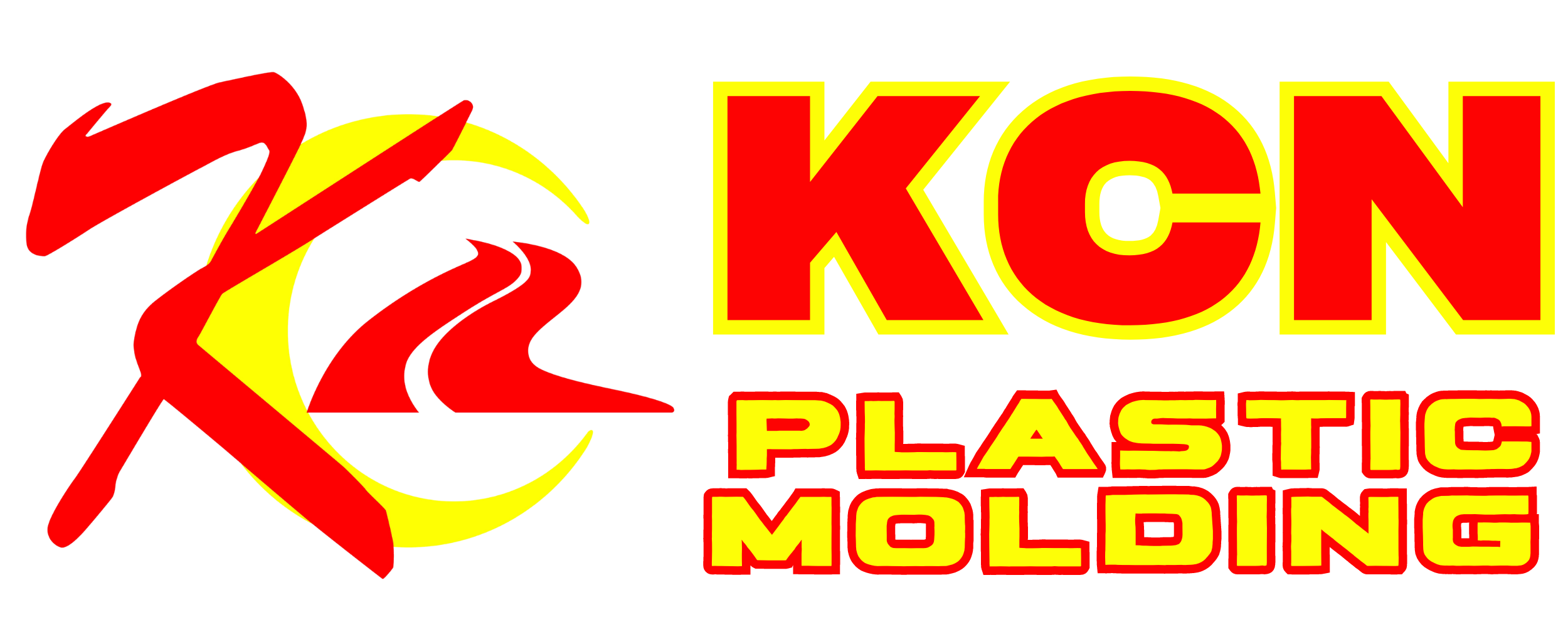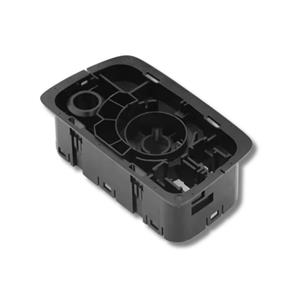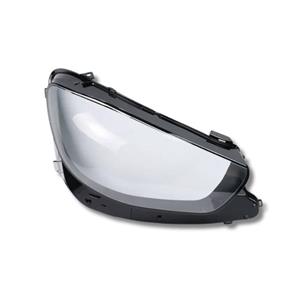Influencing factors of injection molding process
Influencing factors of injection molding process
The factors affecting the molding shrinkage of thermoplastic plastics are as follows: During the molding process of plastic varieties, thermoplastic plastics still have volume changes caused by crystallization, strong internal stress, large residual stress frozen in plastic parts, and strong molecular orientation. Compared with thermosetting plastics, the shrinkage rate is relatively large, the shrinkage rate range is wide, and the directionality is obvious. In addition, the shrinkage rate after molding, annealing or humidity control is generally larger than that of thermosetting plastics.

When the plastic part is molded, the molten material contacts the surface of the cavity and the outer layer cools immediately to form a low-density solid shell. Due to the poor thermal conductivity of plastic, the inner layer of the plastic part is cooled slowly to form a high-density solid layer with large shrinkage. Therefore, those with thick walls, slow cooling, and thick high-density layers will shrink greatly. In addition, the presence or absence of inserts and the layout and quantity of inserts directly affect the direction of material flow, density distribution and shrinkage resistance, so the characteristics of plastic parts have a greater impact on shrinkage and directionality.
The form, size and distribution of the feed inlet directly affect the plastic mold, plastic mold, precision mold, material flow direction, density distribution, pressure-holding and feeding and molding time. The direct feeding port and the large feeding port section (especially the thick one) have small shrinkage but large directionality, and the wide and short length of the feeding port has small directionality. The ones that are close to the feed inlet or parallel to the flow direction will shrink greatly.
Molding conditions High mold temperature, slow cooling of molten material, high density, and large shrinkage, especially for crystalline materials due to high crystallinity and large volume change, so the shrinkage is greater. The mold temperature distribution is also related to the internal and external cooling and density uniformity of the plastic part, which directly affects the shrinkage and direction of each part. In addition, maintaining pressure and time also have a greater impact on shrinkage, and those with high pressure and long time will have small shrinkage but large directionality.
The injection pressure is high, the viscosity difference of the molten material is small, the shear stress between layers is small, and the elastic rebound is large after demoulding, so the shrinkage can also be reduced appropriately. The high temperature of the material causes large shrinkage, but the directionality is small. Therefore, adjusting various factors such as mold temperature, pressure, injection speed and cooling time during molding can also appropriately change the shrinkage of plastic parts. When designing the mold, according to the shrinkage range of various plastics, the wall thickness and shape of the plastic part, the size and distribution of the feed inlet, the shrinkage rate of each part of the plastic part is determined according to experience, and then the cavity size is calculated.
For high-precision plastic parts and when it is difficult to grasp the shrinkage rate, it is generally suitable to design the mold by the following method:
① Take a smaller shrinkage rate for the outer diameter of the plastic part, and a larger shrinkage rate for the inner diameter, so as to leave room for correction after the mold test.
② Test the mold to determine the form, size and molding conditions of the pouring system.
③The plastic parts to be post-processed shall be post-processed to determine the dimensional changes (the measurement must be 24 hours after demoulding.
④ Correct the mold according to the actual shrinkage.
⑤Try the mold again and change the process conditions appropriately to slightly correct the shrinkage value to meet the requirements of the plastic part.
The fluidity of thermoplastics can generally be analyzed from a series of indices such as molecular weight, melt index, Archimedes spiral flow length, apparent viscosity and flow ratio (flow length/plastic part wall thickness). Small molecular weight, wide molecular weight distribution, poor regularity of molecular structure, high melt index, long spiral flow length, low apparent viscosity, and large flow ratio means good fluidity. For plastics with the same product name, it is necessary to check their instructions to determine whether their fluidity is applicable. for injection molding.




